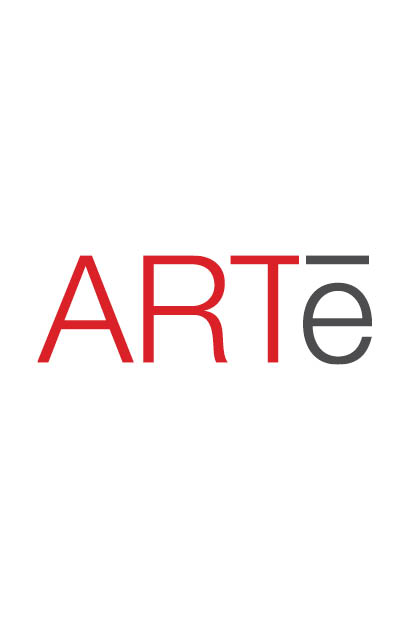Richard Lindner • American (1901-1978)
Man - Front View (76.113) / Man - Back View (76.115) • Print/Serigraph on Paper 39-1/4" x 27"
Can you “picture yourself in a boat on the river with tangerine trees and marmalade skies?” Then thank the man who inspired Heinz Edelmann’s Yellow Submarine animation, and became one of John Lennon’s favorite artists. Richard Lindner magically mixed bright colors with mechanically-shaped people from the fringes of society. He bridged American and European art in much the same way as the British Invasion brought the future of Rock ‘N Roll across the ocean.
From odd beginnings come interesting lifetimes. Richard Lindner grew up roaming the streets of Nuremburg, Germany when the city was better known for mechanical toy factories than Nazi trials. He moved easily from life as a concert pianist to art director for a publisher of Nazi tracts. Yes, he met Adolph Hitler while illustrating his propaganda books. However, by 1933 Nazi Germany was not a good place for a young man with a Jewish father. Fleeing to Paris, Lindner was imprisoned by the French, suspicious of his previous affiliations. To prove his loyalty he fought for both the French Resistance and the British Army, leaving for America just as we joined the festivities.
(story continues below break)
INTERESTING STORIES FROM OUR SPONSORS

So Lindner took his place among the huddled masses entering the new world through the old turnstiles at Ellis Island. New York City became home where he painted “the raucous nature of the glitzy underground world” of pimps, gangsters and whores in his distinctive “Picasso-Meets-Berlin-Cabaret” style. “In New York everybody’s is an entertainer. The city is an enormous stage twenty-four hours a day.” He set out to capture the show as a circus of mechanized toy people pulled apart and painted in a style strongly influence by Cubism.
Much of Lindner’s art has a surreal, poster quality reflecting his years as an illustrator for Harper’s Bazaar, Vogue and Fortune. By 1971, while spending summers in Paris with a much younger second wife, Lindner painted two more robotic images of uniformed men from society’s fringes. Both stood as if targets at an arcade shooting gallery with the word SHOOT emblazoned across their bodies. Was Lindner making a statement drawn from his German youth where people on the fringe were, indeed, targets. Did he see a parallel with his adopted home in America? Fortunately, Lindner’s two men found a home at the Canton Museum of Art. Come see for yourself.
Canton Museum of Art Permanent Collection • Gift of Ted Luntz, 76.113 and 76.115
4 Ways to Sound Smart When Viewing at The Canton Museum of Art
1.
“I know I’ve seen a picture of this guy somewhere before. Now I remember. He was on the cover of Sgt. Pepper’s Lonely Hearts Club Band.”
2.
“He once worked as an art director for a German publisher of Nazi propaganda. Not a good career choice for a guy with a Jewish father.”
3.
“He often painted women wearing corsets because his mother owned a custom-fit corset business. Sigmund Freud would have had a field day.”
4.
“His people often looked like mechanical toys, and his boyhood home of Nuremburg was famous for producing these kind of toys. There are no coincidences.”
Lindner Timeline. Scroll over images to see timeline.





















